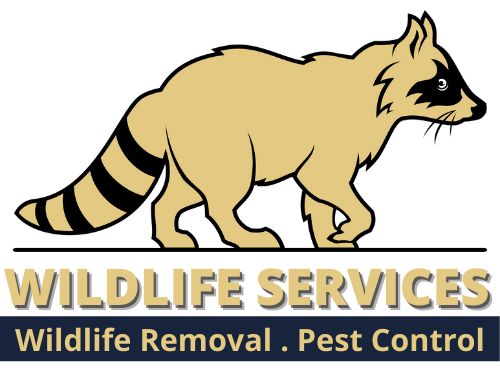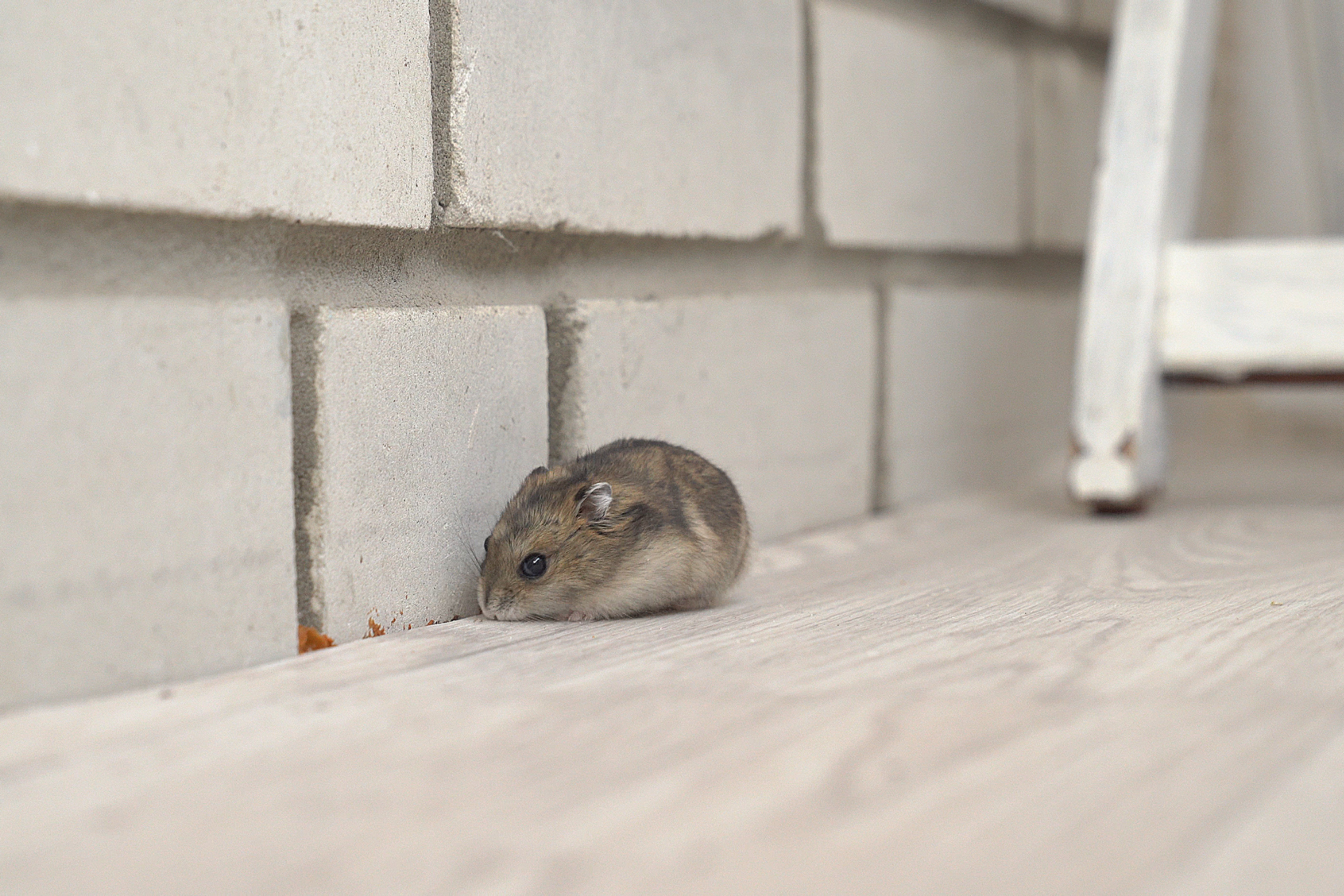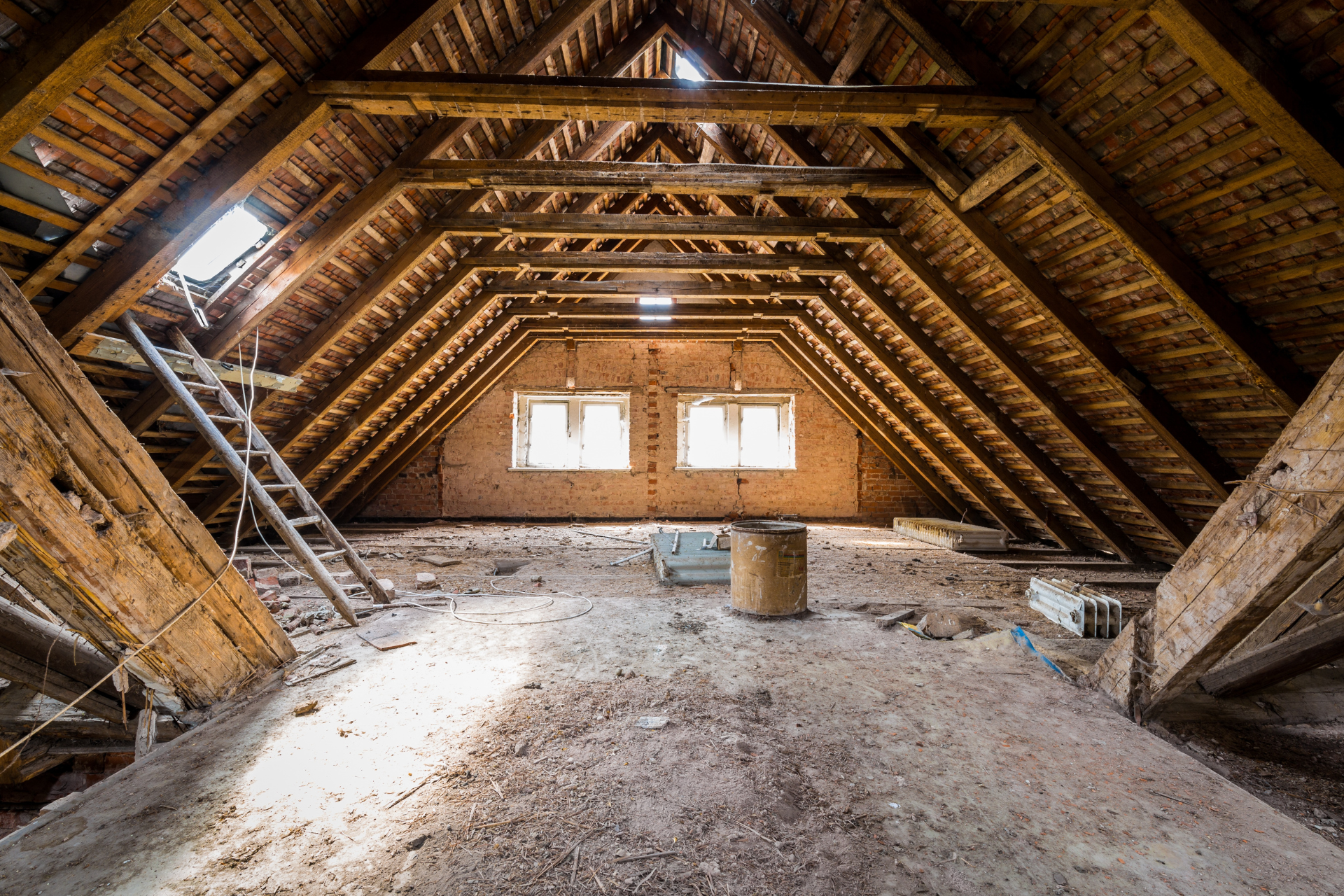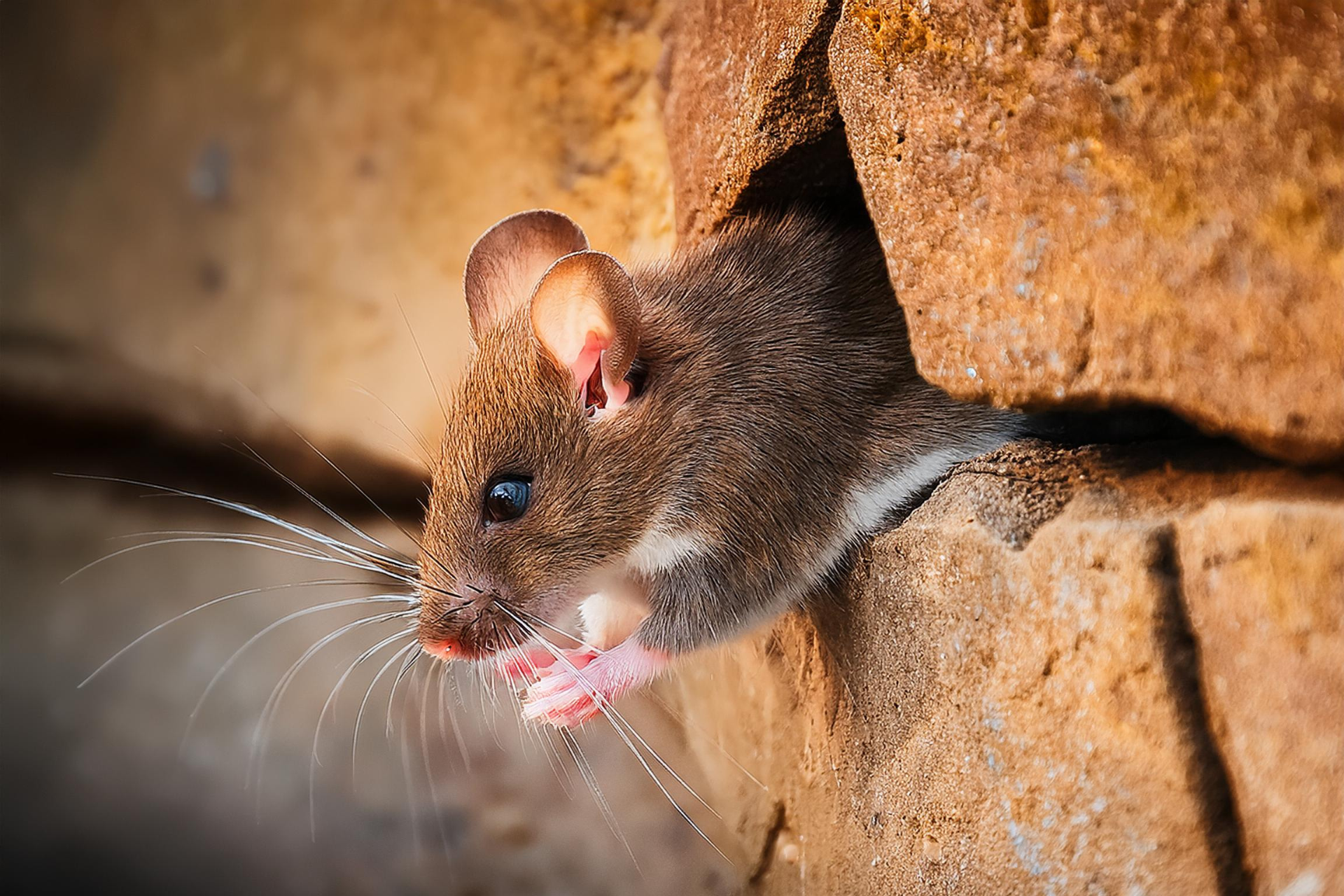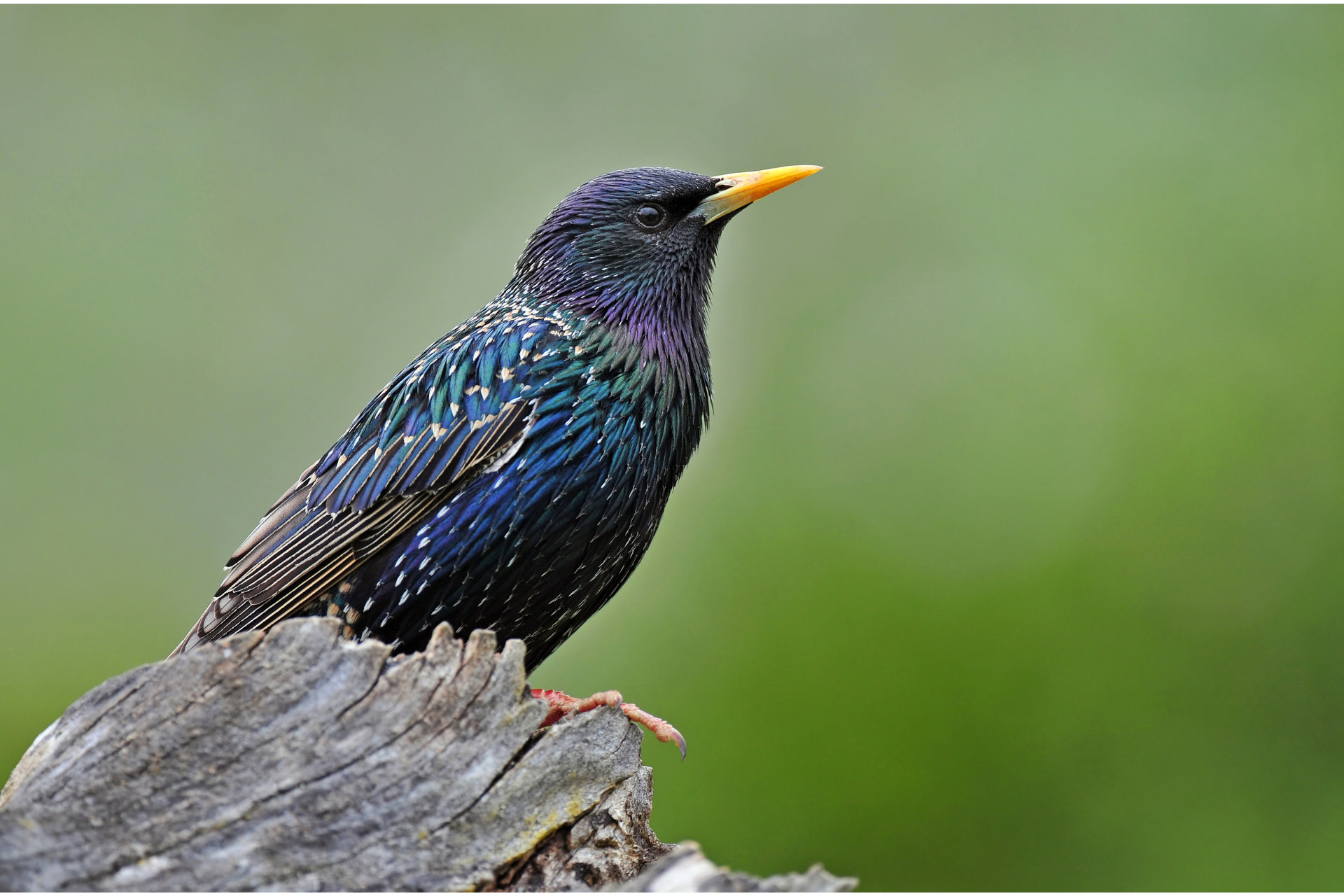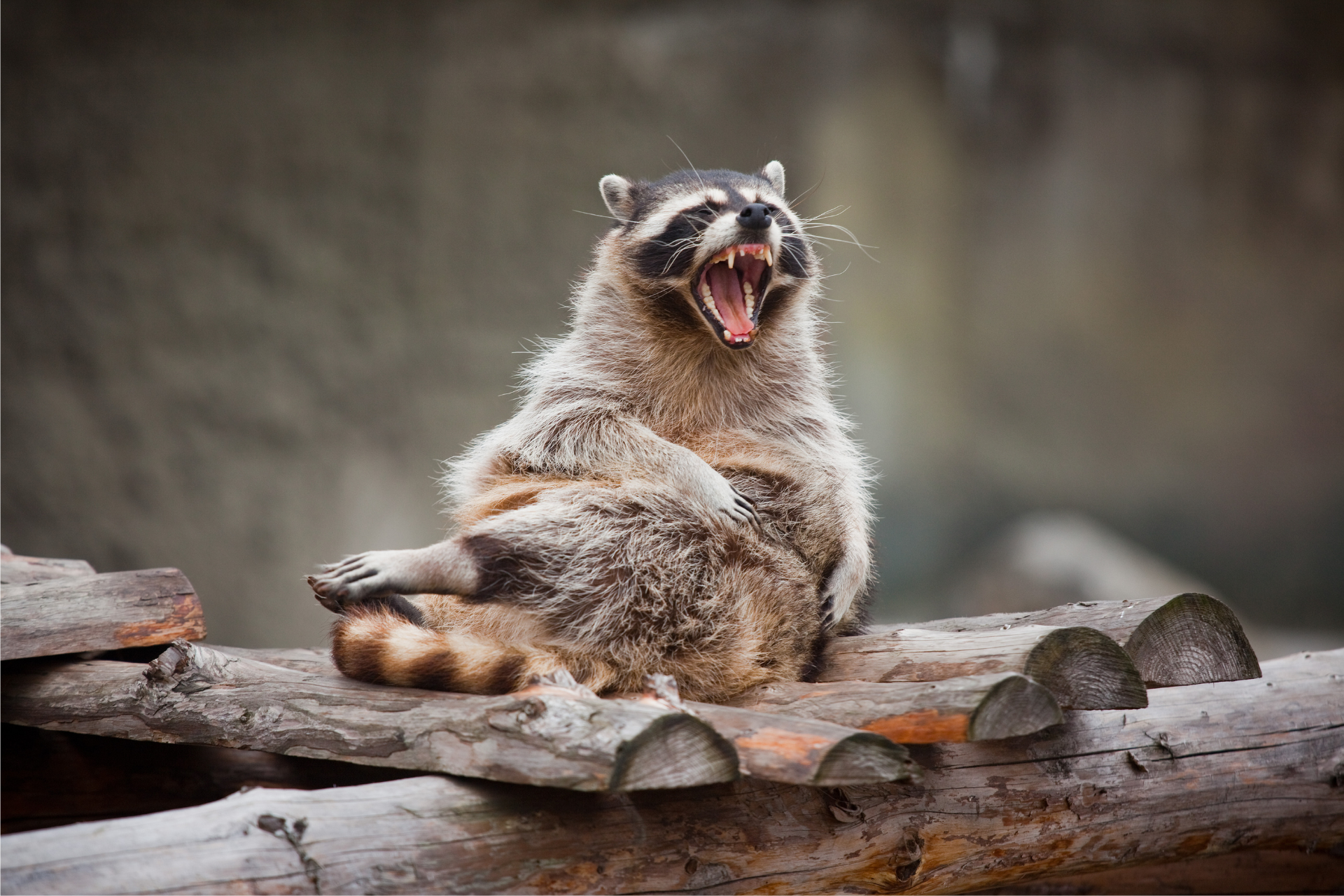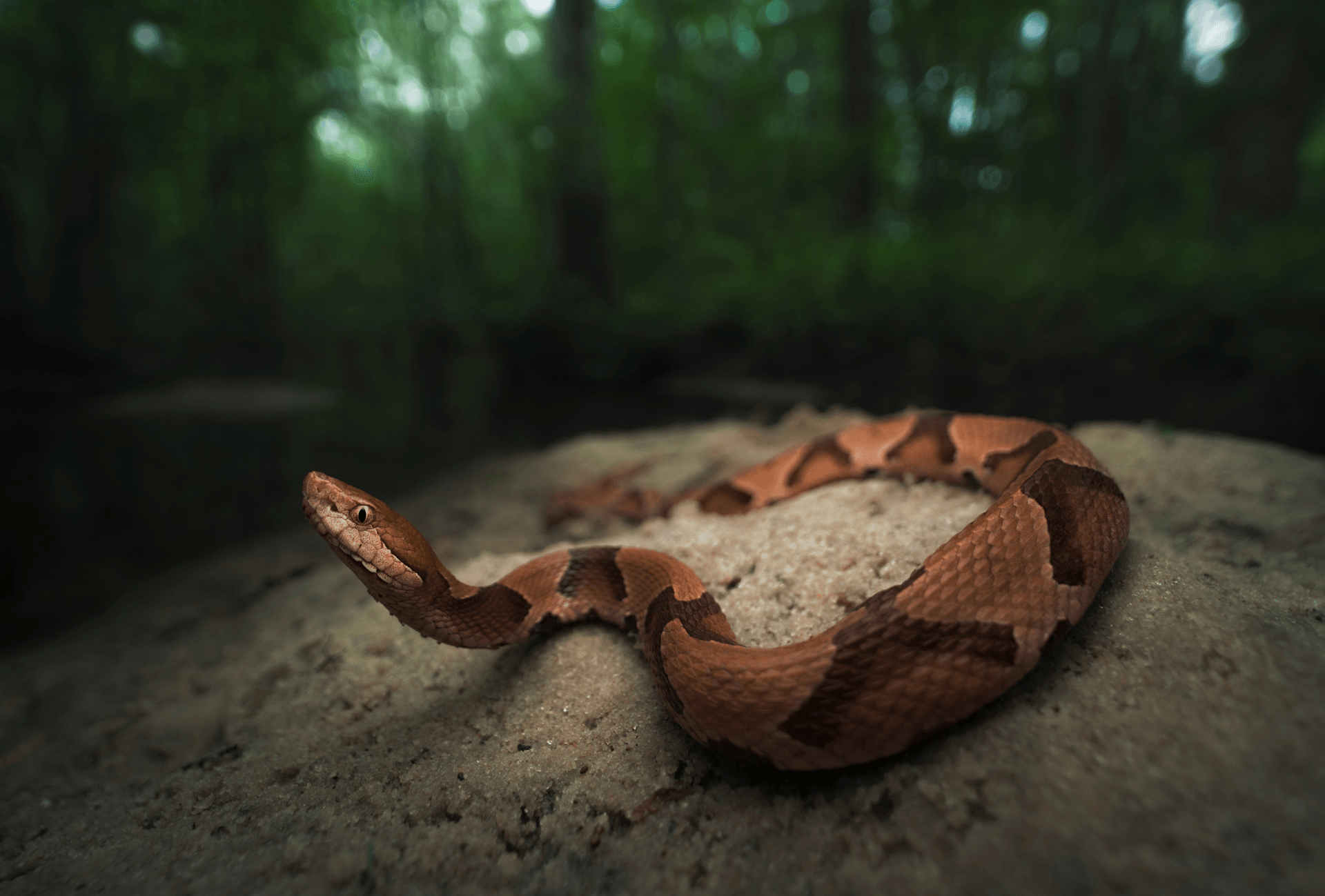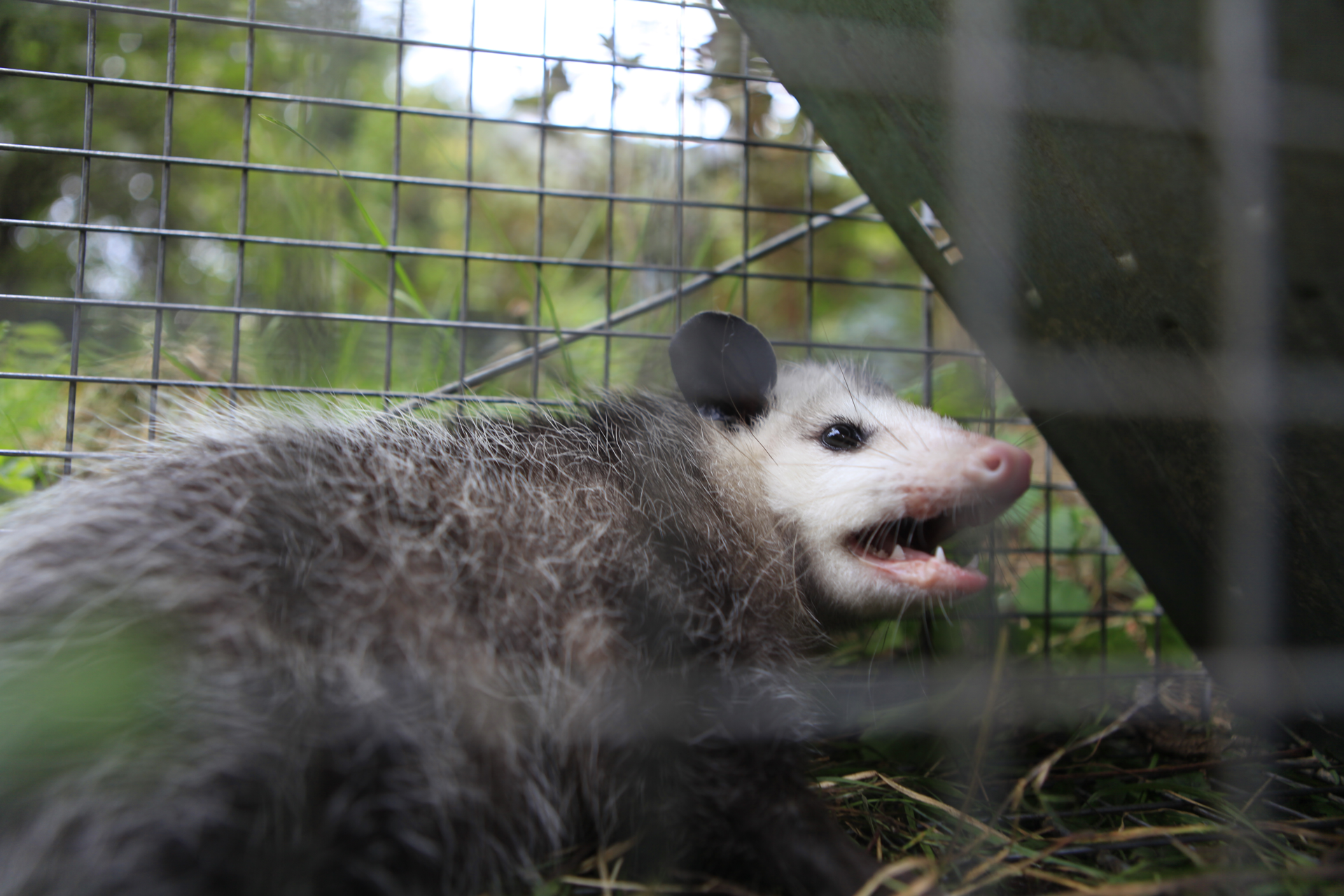Nocturnal Wildlife Intrusions
Nighttime Wildlife: Uncovering The Hidden Risks
The middle of the night might seem like the quietest part of the day, but for a surprising number of wild animals, that’s when the real activity begins. While homeowners are asleep and the world outside has calmed down, many species are just getting started—looking for food, scouting for shelter, or exploring buildings for new entry points. The silence of night hides most of the commotion, which is exactly why nocturnal wildlife intrusions often go unnoticed until the signs become too large to ignore.
Creaks in the attic, scratching behind a wall, or movement in a crawlspace during the early morning hours might seem like a fluke at first. But in many cases, those are indicators of an animal making itself comfortable inside a structure. The trouble is, by the time people become aware of what’s going on, the damage may already be done—or at least well underway. And because nocturnal wildlife is so adept at moving under cover of darkness, it can be tough to track or manage without the right kind of help. Understanding which animals are most active at night, how they get into buildings, and what kind of problems they cause is the first step in protecting a home or business from long-term issues tied to overnight intrusions.
The Hidden Behavior Of Nighttime Invaders
Most of the animals that break into attics, crawlspaces, basements, or wall voids prefer the cover of darkness. Raccoons, bats, skunks, opossums, and rodents are among the most active nocturnal species. Their habits are shaped by the availability of food, lack of human activity, and instinctive behaviors that help them avoid predators. That means when the streets are quiet and the house is dark, these animals start moving—often without making enough noise to wake anyone up right away.
Raccoons are strong, clever, and highly adaptable. They climb downspouts, scale brick walls, and squeeze into surprisingly tight spaces along rooflines or gables. Once inside an attic, they may create a den, tear apart insulation, and chew on wiring or ductwork while searching for a nesting site. They often leave behind droppings, fur, and strong odors that accumulate fast in enclosed spaces.
Bats tend to roost in groups and prefer undisturbed areas like attic beams or behind shutters. Their droppings, known as guano, pile up underneath their resting places and can quickly lead to air quality issues. Because they’re so quiet, homeowners often don’t know bats are present until the smell or stains begin to spread—or until someone notices faint scratching sounds during predawn hours.
Rodents like rats and mice also do their best work after dark. They rely on their sense of smell and hearing to find food sources, and they often follow the same paths over and over again—gnawing through drywall, squeezing through gaps in cabinetry, and setting up nests behind appliances. What begins as minor rustling can turn into chewed wires, damaged insulation, and a trail of droppings scattered throughout hidden parts of a structure.
Opossums and skunks often show up in crawlspaces, under porches, or near vents. Their activity might seem less destructive at first, but they still bring their own set of risks—including parasites, contaminated areas, and defensive spraying in the case of skunks.
No matter the species, the goal is usually the same: shelter, food, and protection. And if a structure offers those things with minimal interruption, nocturnal wildlife tends to return—bringing more contamination, more noise, and more risk each time.
The Risks That Come With Wildlife Being Unnoticed
Nighttime wildlife activity doesn’t just disturb sleep or create odd noises—it can lead to costly damage and ongoing health concerns. Because the intrusions happen while people are resting, they’re often not noticed right away. That delay gives animals time to settle in, build nests, and cause harm to parts of the home that rarely get checked.
Electrical wiring is one of the first things that can be affected. Rodents and raccoons chew constantly to wear down their teeth, and wires become a natural target in tight attic or wall spaces. Exposed or damaged wiring raises the chances of short circuits, and in extreme cases, electrical fires. Since these areas aren’t visible during daily routines, the danger often goes unnoticed until something malfunctions.
Another major concern is contamination. Droppings and urine soak into insulation, flooring, and wall cavities. Once dried, the particles become airborne and may move through HVAC systems into living spaces. Over time, this kind of contamination can affect indoor air quality, especially for people with allergies or respiratory issues. Parasites like fleas, ticks, mites, and lice often travel with nocturnal wildlife and spread quickly in dark, undisturbed environments. These pests linger even after the original animal is gone, especially if cleanup isn’t thorough.
There’s also the structural side of the problem. Animals that dig, scratch, or tear open access points create vulnerabilities that grow worse with each visit. A small hole in soffit material may start as a mouse tunnel but turn into a raccoon entryway after a few days of pressure. A loose foundation vent becomes an open door. And as one animal enters, the scent it leaves behind can attract more—both of its kind and other opportunistic pests.
One of the most overlooked impacts is the stress it creates. Not being able to sleep through the night due to scurrying sounds or sudden thuds takes a toll over time. The uncertainty of not knowing what’s above the ceiling or behind the walls adds to that discomfort. Some people may attempt DIY fixes, like blocking off vents or sealing up holes, but without removing the source of the problem and addressing what was left behind, those efforts don’t last long.
The Role Of Professionals In Managing Nighttime Wildlife
Dealing with nocturnal wildlife isn’t as straightforward as setting a trap and calling it a day. These animals operate on a different schedule, hide in hard-to-reach places, and often return to familiar locations unless the area is fully cleaned, sealed, and restored. Expert intervention matters because it focuses on understanding animal behavior and the structure of the building together—not just one or the other.
A thorough inspection looks beyond the obvious. It considers how the animal entered, where it’s nesting, what signs it’s left behind, and what areas might be vulnerable next. Tracks, droppings, nesting material, and grease marks help build a picture of movement, and that picture is what determines how to block access effectively.
Professionals also understand the timing and tools required for effective removal. Nocturnal animals may retreat deeper into a structure during daylight, making them harder to find without disrupting insulation, vents, or other parts of the building. Some require one-way exclusion doors to guide them out without letting them back in. Others must be removed using targeted trapping strategies that consider species-specific behavior.
Cleaning and restoration are just as critical. That means removing contaminated insulation, deodorizing surfaces, and treating areas where parasites may have taken hold. In many cases, ductwork or nearby storage areas also need to be checked and cleaned, especially if animals have moved through those zones.
Finally, sealing the structure keeps problems from returning. That could involve replacing vent covers, repairing soffits, reinforcing crawlspace doors, or addressing gaps along the foundation or roof. The point isn’t just to block off the spot where the animal entered—it’s to prevent the structure from offering access to anything else down the line.
At Wildlife Services, we understand the pressure nocturnal wildlife puts on a home. If you're hearing movement at night, noticing strange smells, or finding signs of activity in hidden corners of your property, it's time to get ahead of the problem. Let us help you identify the source, resolve the intrusion, and restore your home before those nighttime visitors become long-term residents.
Contact us today for more information.
All Rights Reserved | Wildlife Services
